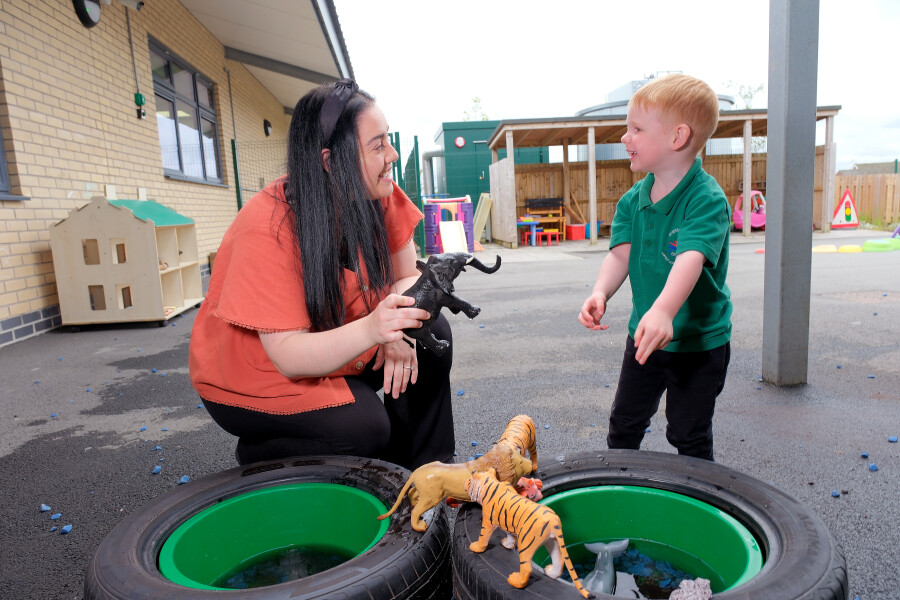
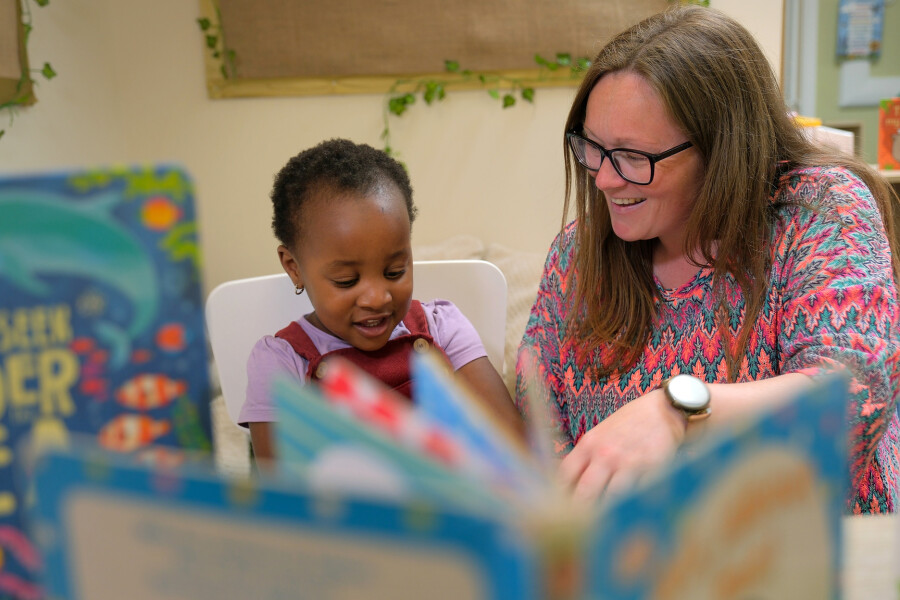
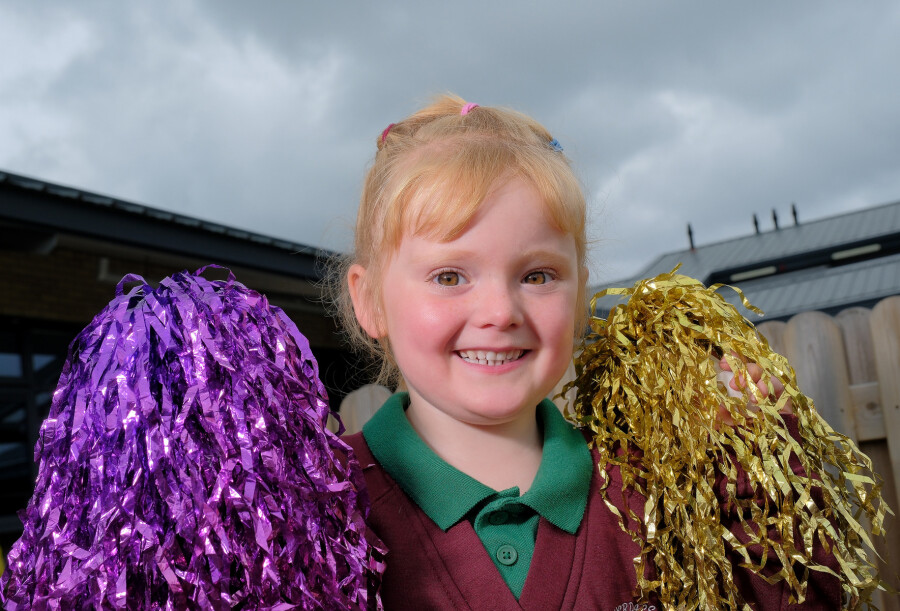

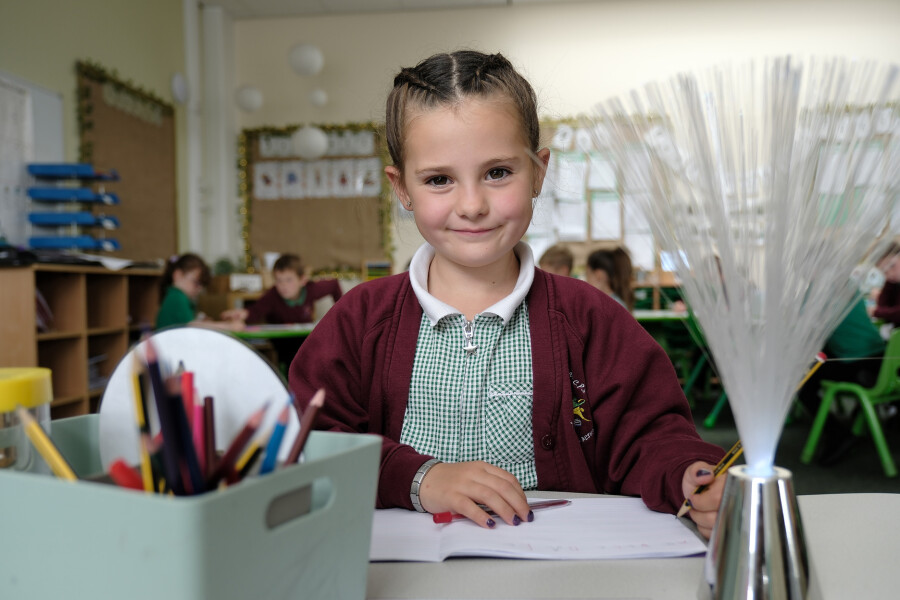
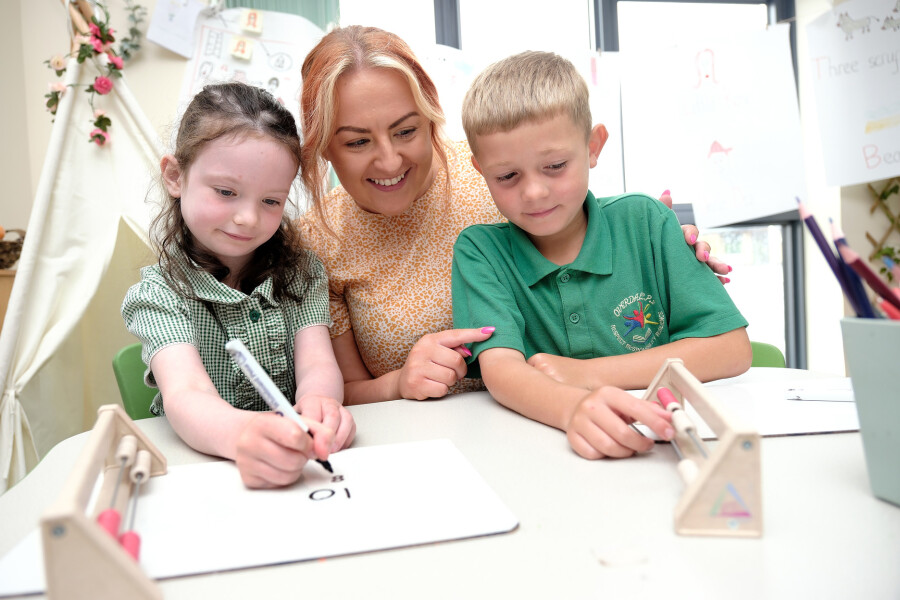
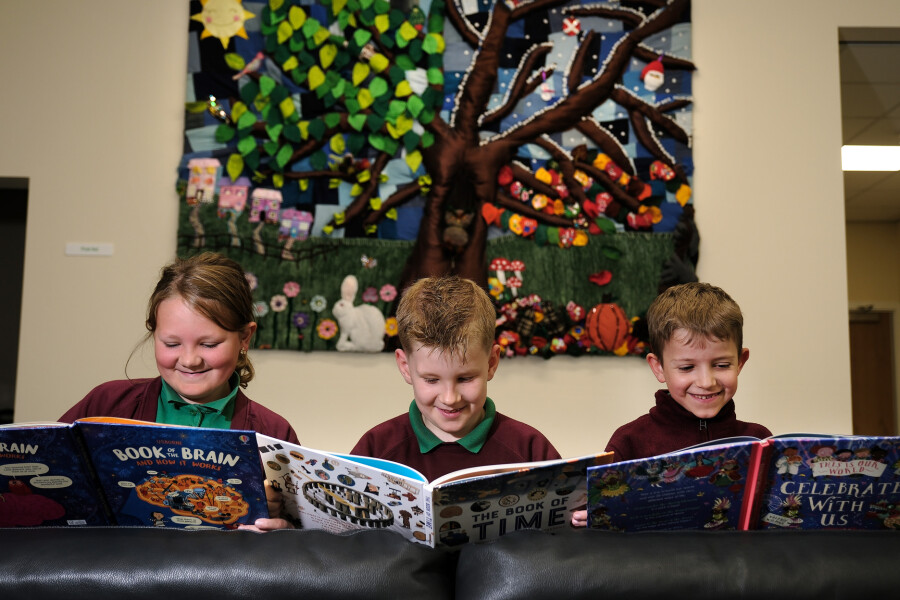
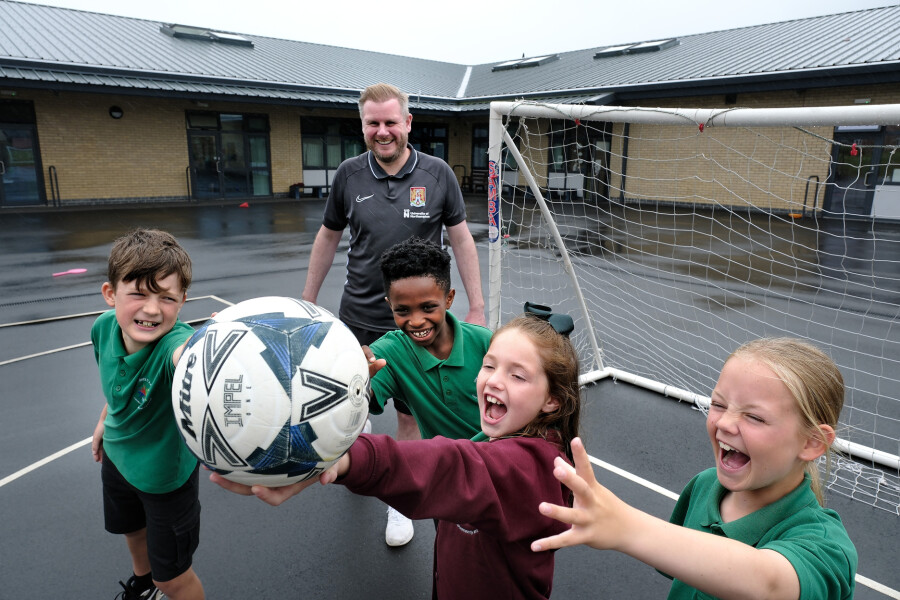
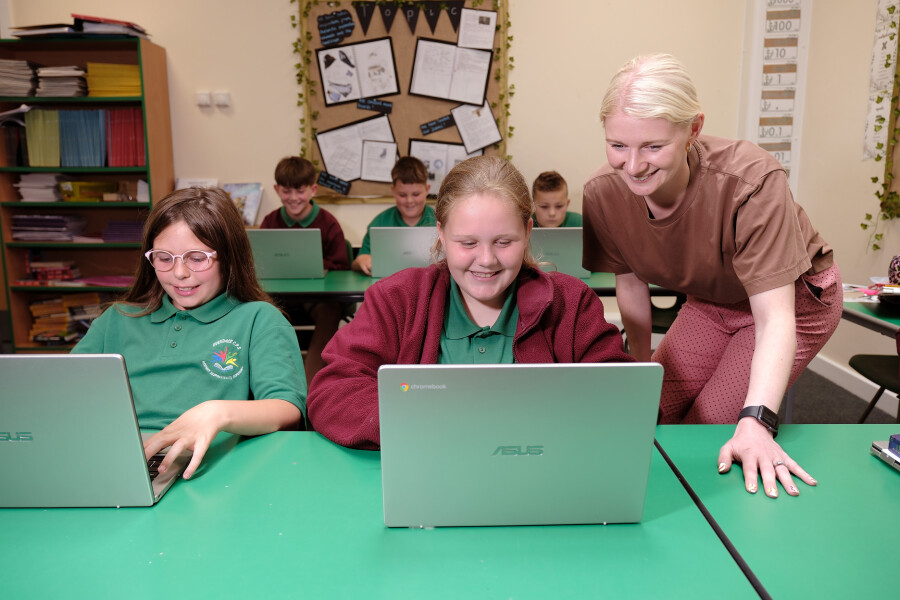
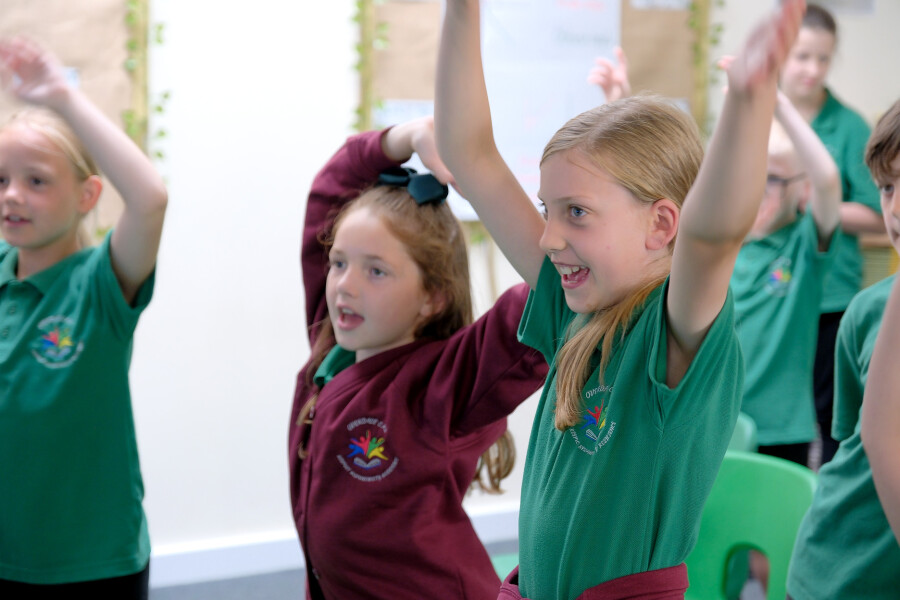
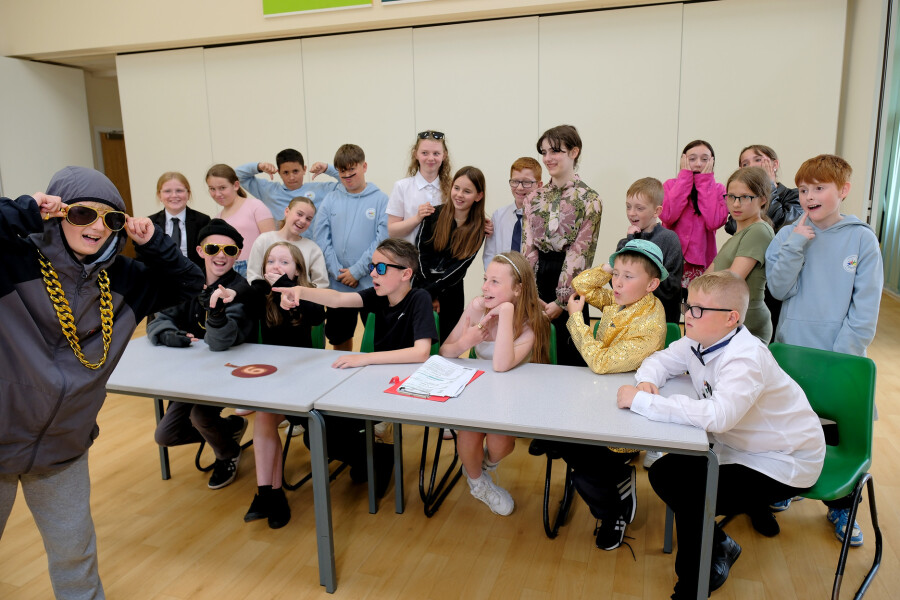
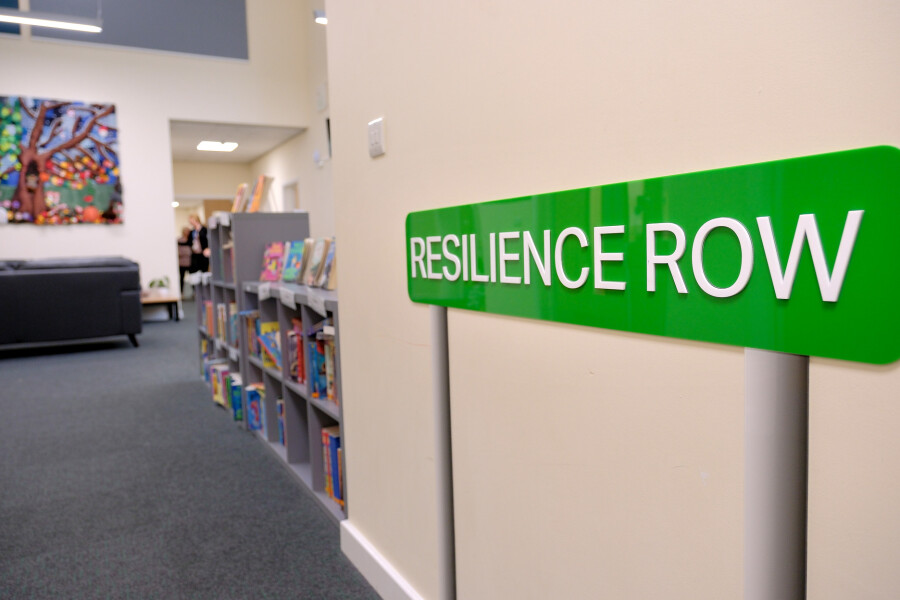
Curriculum - Reading
Our Intent
- Our priority is that every child is a fluent reader by the end of KS1, regardless of their background, needs or prior attainment.
- We aim to inspire and challenge our children, through a safe, happy and nurturing learning environment, to achieve excellent standards including all aspects of the National Curriculum objectives for reading.
- To engage and excite our children in reading and phonics in order to promote a love of reading for every child.
- To ensure that children with Speech, Language and Communication difficulties are given every opportunity to close the gaps with their peers.
- To equip our children with a wide ‘reading diet’ so that they become well rounded readers.
- To close the ‘word gap’ in order to expand pupils' vocabulary and deepen their understanding of the texts they are reading.
- To ensure pupils meet age related expectations in reading and phonics.
- To enable our children to articulate their learning confidently and to remember knowledge and vocabulary in reading and phonics.
- To prepare and inspire our children for further learning in reading in secondary school and beyond.
Our Implementation - Phonics
This programme:
- Phonics is implemented through Little Wandle Letters and Sounds Revised. This programme was chosen due to its rigour and systematic approaches, providing our children with a fast paced, ambitious approach with fully aligned resources and decodable reading books. It also provides a well-sequenced, thorough approach to teaching children to read with fluency.
- There is a priority on CPD for all staff, including PDMs, use of Little Wandle training portal.
The fundamentals
- The Phase 2 programme of teaching begins as children enter Reception.
- We ensure the teaching of phonics is systematic and consistent across school. The lessons are always taught at a fast pace to ensure children are highly engaged for the sessions.
- We teach phonics for 30 minutes a day. In Reception, we build from 10-minute lessons, with additional daily oral blending games, to the full-length lesson as quickly as possible. Each Friday, we review the week’s teaching to help children become fluent readers.
- Children make a strong start in Reception: teaching begins in Week 2 of the Autumn term.
- Phonics is taught in a whole class approach. Any gaps in knowledge are addressed through 5-minute 1-1 sessions (additional to whole-class phonics sessions) from the start of the year in order for children to ‘keep up’ with their peers. Therefore, the children then move through the phase groups as one group together,
We follow the Little Wandle Letters and Sounds Revised expectations of progress:
- Children in Reception are taught to read and spell words using Phase 2 and 3 GPCs, and words with adjacent consonants (Phase 4) with fluency and accuracy.
- Children in Year 1 review Phase 3 and 4 and are taught to read and spell words using Phase 5 GPCs with fluency and accuracy.
Assessment and extra practice:
- Daily Keep-up lessons ensure every child learns to read.
- Any child who needs additional practice has daily Keep-up support, taught by a fully trained adult. Keep-up lessons match the structure of class teaching, and use the same procedures, resources, and mantras, but in smaller steps with more repetition, so that every child secures their learning. This is extended into Year 2 and 3 for any children for are not fully fluent at reading or has not passed the Phonics Screening Check.
- In addition to Keep up sessions, there are opportunities for repeated practice throughout the day.
- The reading curriculum is ambitious for children with SEND and those who are disadvantaged.
- We use the Little Wandle Letters and Sounds Revised assessments to identify the gaps in their phonic knowledge and teach to these using the Keep-up resources – at pace.
- Regular progress meetings are held with all reading teachers in KS1 to monitor children making the slowest progress. Children in danger of falling behind, or who are working under expected levels (lower 20%), are swiftly identified and enough additional support is provided to enable them to keep up.
Reading
Decodable reading books:
We teach children to read through reading practice sessions three times a week. These:
- are taught by a fully trained adult to small groups of approximately six children
- use books matched to the children’s secure phonic knowledge using the Little Wandle Letters and Sounds Revised assessments and book matching grids.
- are monitored by the class teacher, who rotates and works with each group on a regular basis.
Each reading practice session has a clear focus so that the demands of the session do not overload the children’s working memory. The reading practice sessions have been designed to focus on three key reading skills:
- decoding
- prosody: teaching children to read with understanding and expression
- comprehension: teaching children to understand the text.
- In Reception, these sessions start in Week 4. Children who are not yet decoding have daily additional blending practice in small groups so that they quickly learn to blend and can begin to read books.
- In Year 2 we continue to teach reading in this way for any children who still need to practise reading with decodable books.
Reading at home:
- Parents are helped to know how best to support children in learning sounds through our phonics workshops in Reception throughout the year.
Reading at home is strongly promoted. Teachers ensure that children understand how to work appropriately with decodable books and with shared texts
Reading skills and language comprehension:
- Reading is implemented through a holistic approach, whereby children are reading across the curriculum. We focus on developing fluency, confidence, and enjoyment of reading.
- There are daily opportunities for teachers to model reading, which gives the children the opportunity to understand what is being read as well as listen to excellent use of expression and intonation.
- There is a daily 15-20 minute story time in each class where adults read aloud.
- Children have a broad reading diet and are exposed to many genres and a range of authors both 'Old and Gold' and 'New and Bold', as well as high quality non-fiction texts and poetry.
- Throughout school teachers use our reading spine (Pie Corbett), which has mapped core texts that promote children's understanding of vocabulary, grammar, the world and global events, as well as improve their ability to communicate effectively. There is a heavy emphasis on revisiting unfamiliar and new vocabulary to support children's Early Language Development.
- In EYFS and Year 1 throughout the day in play, through our in-the-moment approach to teaching and learning, and during storytime, adults consistently model language, vocabulary, and syntax both from books and stories, seeking to introduce new and challenging vocabulary. We will not shy away from words deemed ‘too tricky’.
- Stories and books are evident in all areas of the classroom.
- In the Reception classroom, there are also opportunities for children to blend and read simple words. This builds up over time and is linked to their cumulative phonic knowledge.
- In KS1 children are taught reading through a Whole Class Reading sequence, where they answer comprehension questions, linked to the reading domains. These questions require them to think deeply and connect their thinking to evidence from the text.
- The ongoing assessment of children’s reading progress is sufficiently frequent and detailed to identify any pupil who is falling behind. Where a child falls behind, targeted support is given immediately in line with our ‘Keep up, not catch up’ policy.
Love of reading
Teachers encourage reading for pleasure and a love of reading across our school by:
- Reading out loud to children at least once a day.
- Providing time and space for children to share their recommendations and opinions
- Using our school library to explore a variety of texts
- Encouraging reading at home. Children take home books that closely match the letter-sound correspondences, but also are also able to take home a ‘reading for pleasure’ book from our Library.
- Developing children’s rich ‘reading diet’ and knowledge of literature. Children are given the opportunity to personally respond to texts, debating and developing links to other texts, authors, and prior knowledge.
- Cosy reading areas contain high quality texts to encourage book talk amongst the children.
- Each class also has a poetry reading spine (Pie Corbett)
- Termly visits to the community library.
Our Impact
- Phonics teaching is strong, as a result of high quality coaching and CPD.
- Children become fluent readers by the end of KS1.
- Children are passionate about reading. sharing their love of reading with family and friends.
- Children can apply their phonics skills across reading and writing in other areas of the curriculum.
- Phonics screening results and outcomes at the end of each Key Stage are in line or above National and progress is good.
- Children have a range of strategies to correctly spell and read familiar and unfamiliar words.
- Children are able to make age appropriate attempts at spelling common exception words and high frequency words.
- Children talk confidently about their learning in phonics using appropriate and technical vocabulary.
- Children have an understanding of the etymology and morphology of words.
| Document Name | Date |
|---|---|
| Overdale Reading Skills Progression.docx | November 01 2023, 21:36:28 |
| Overdale Reading and Comprehension Offer (1).pdf | November 01 2023, 21:36:28 |
| Overdale reading strategy.pdf | November 01 2023, 21:52:12 |
| Phonics and reading policy July 2023.docx | November 01 2023, 21:36:28 |